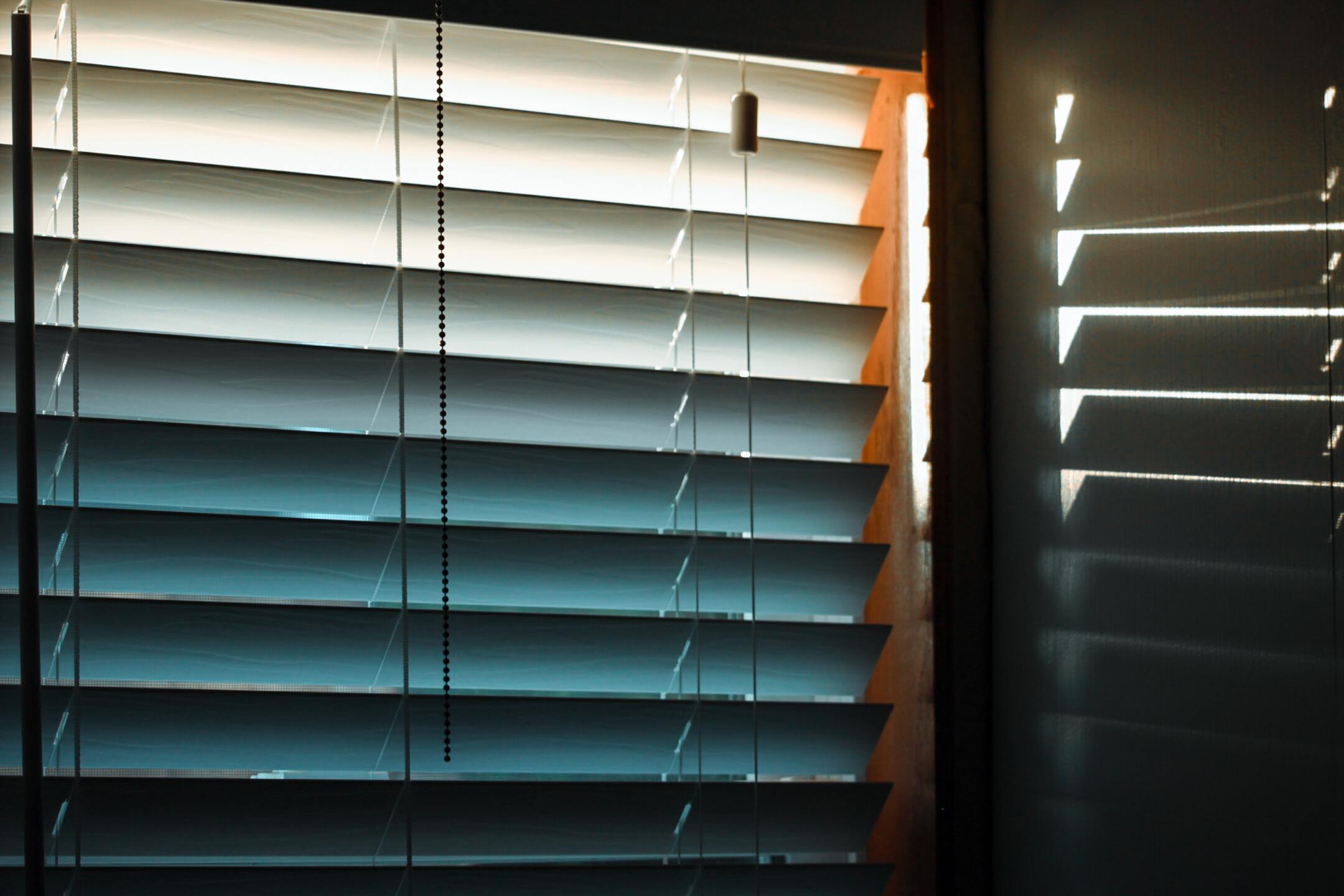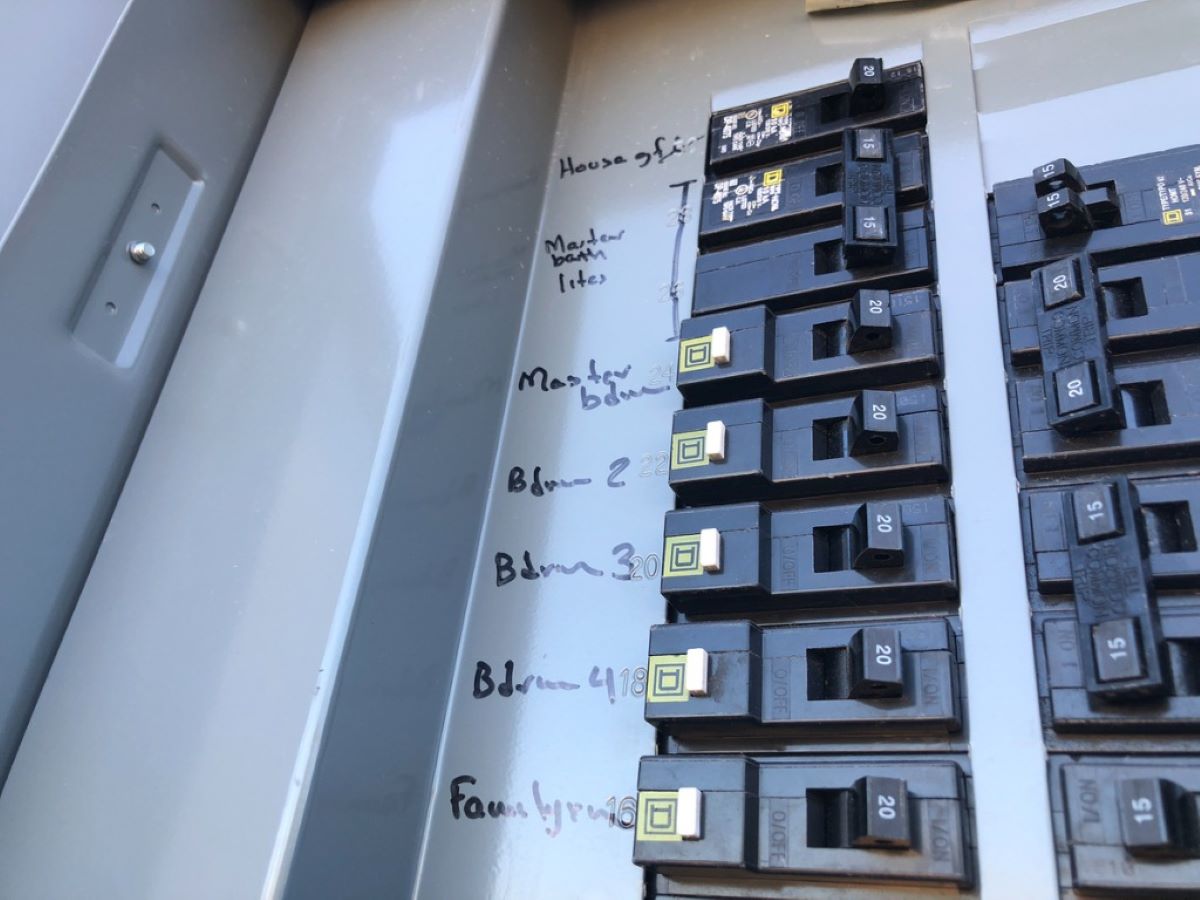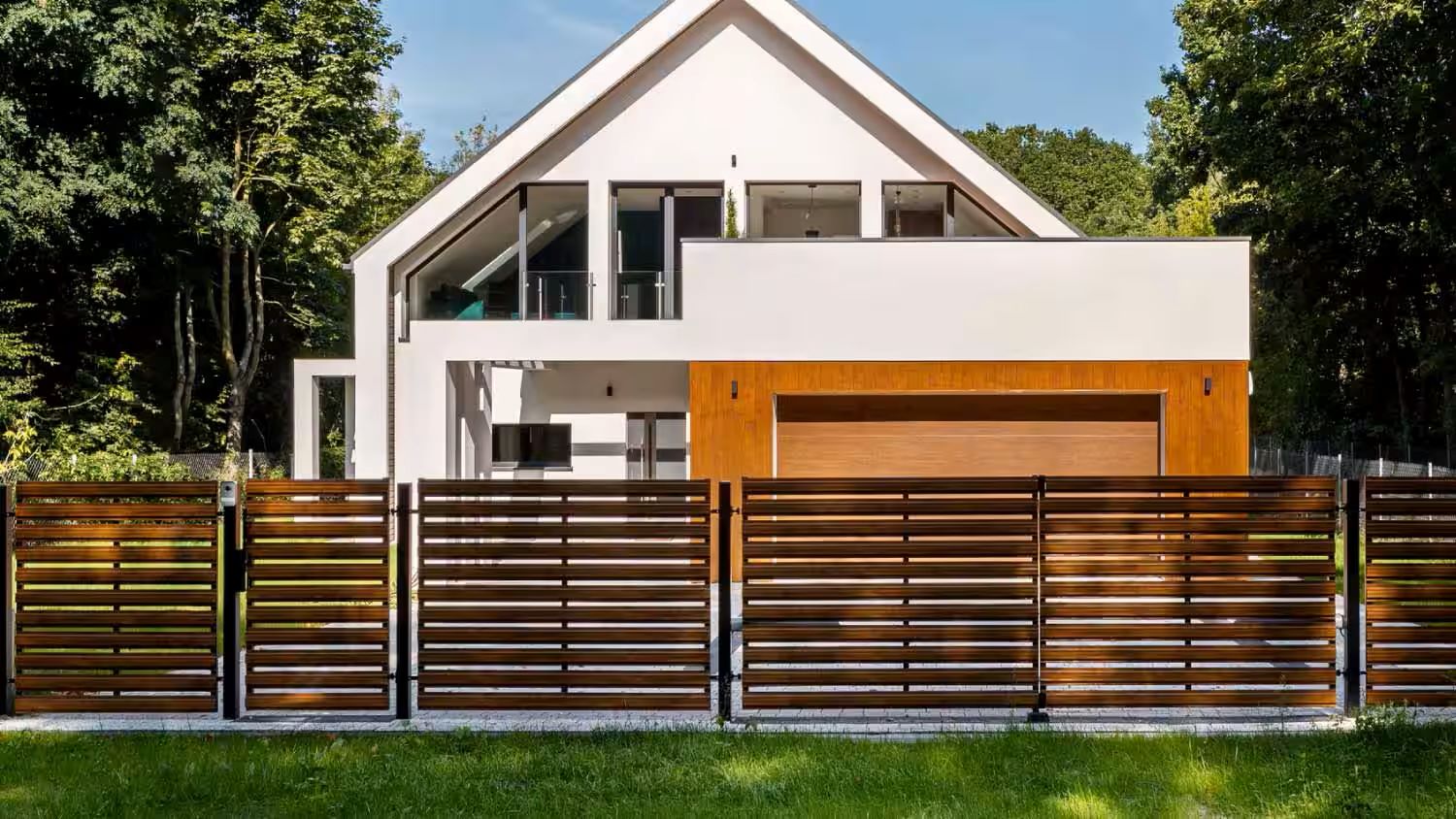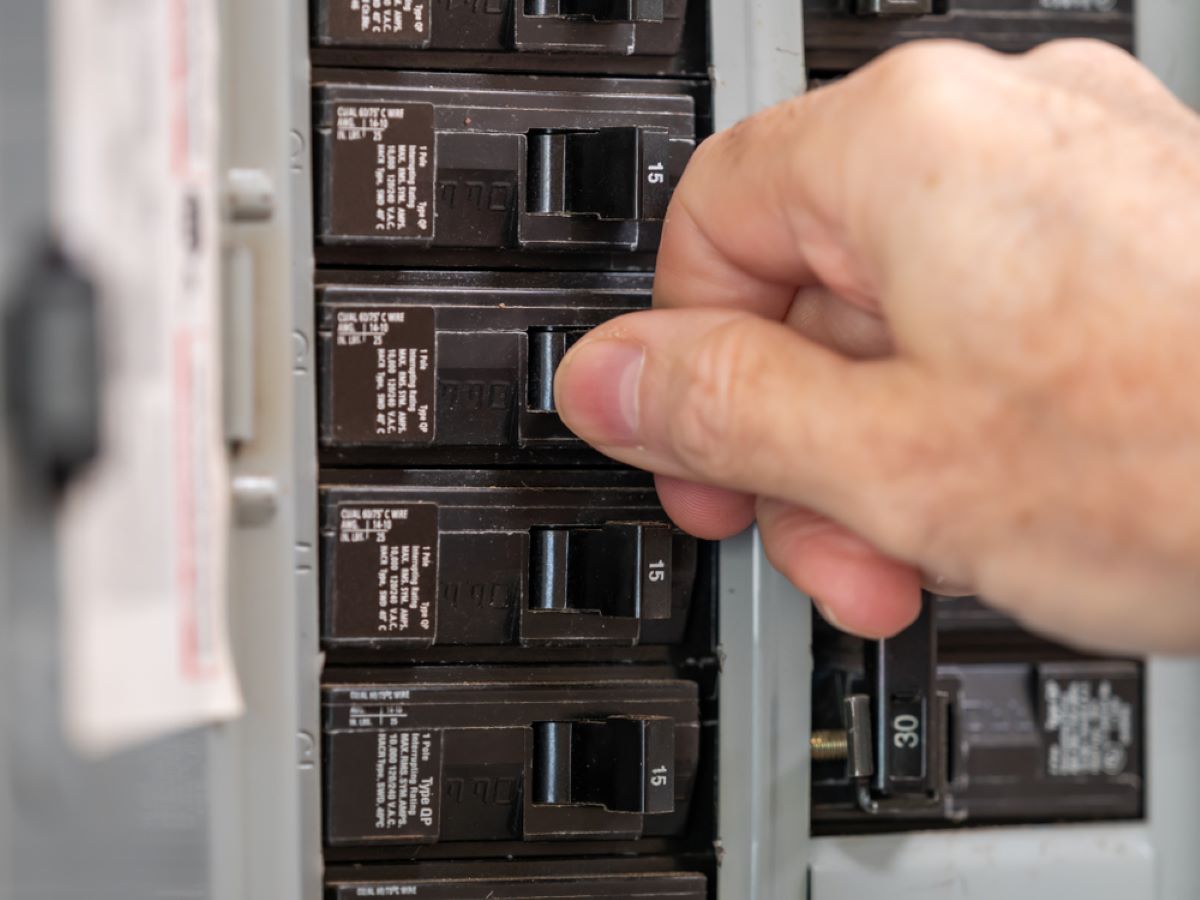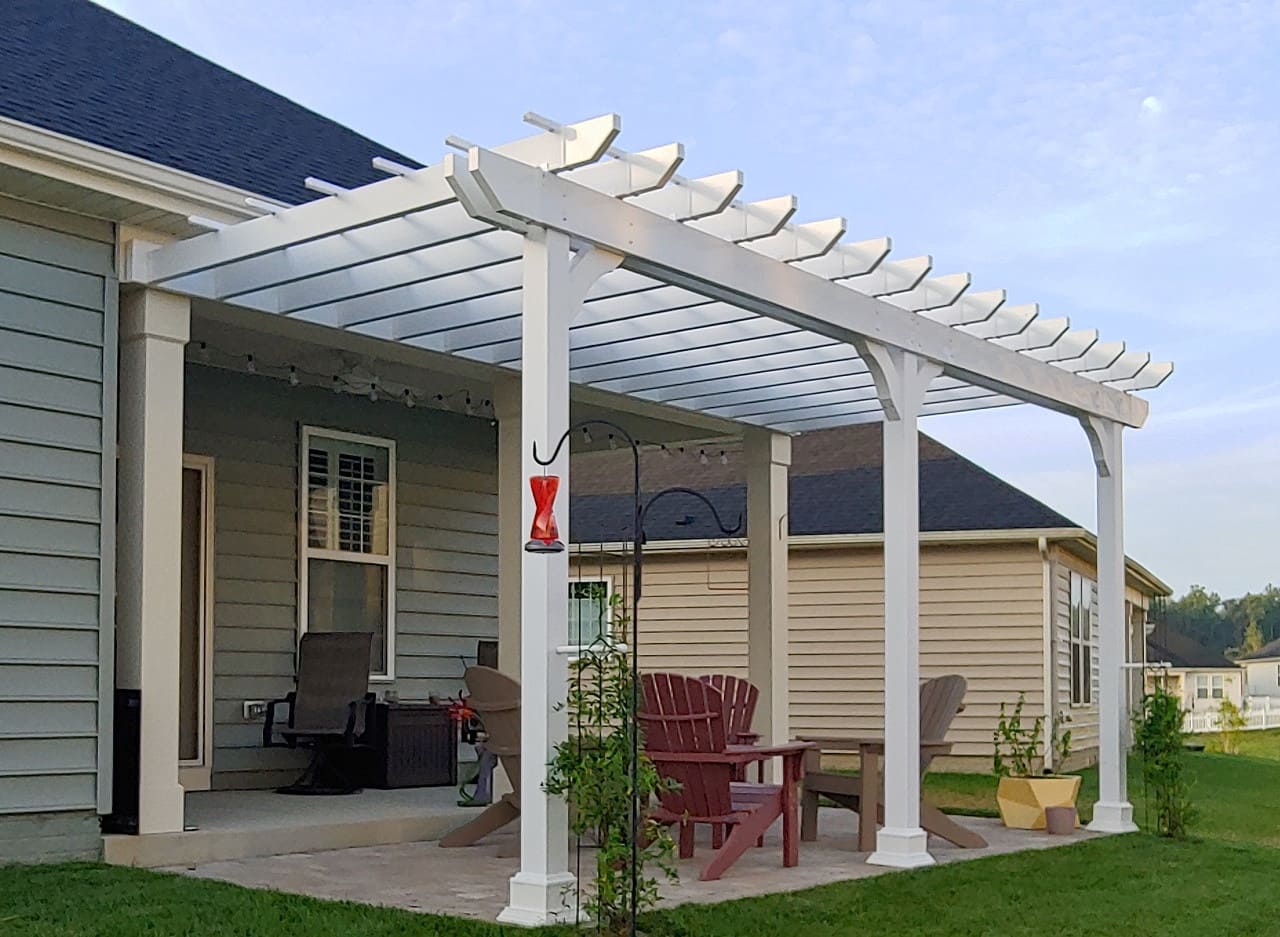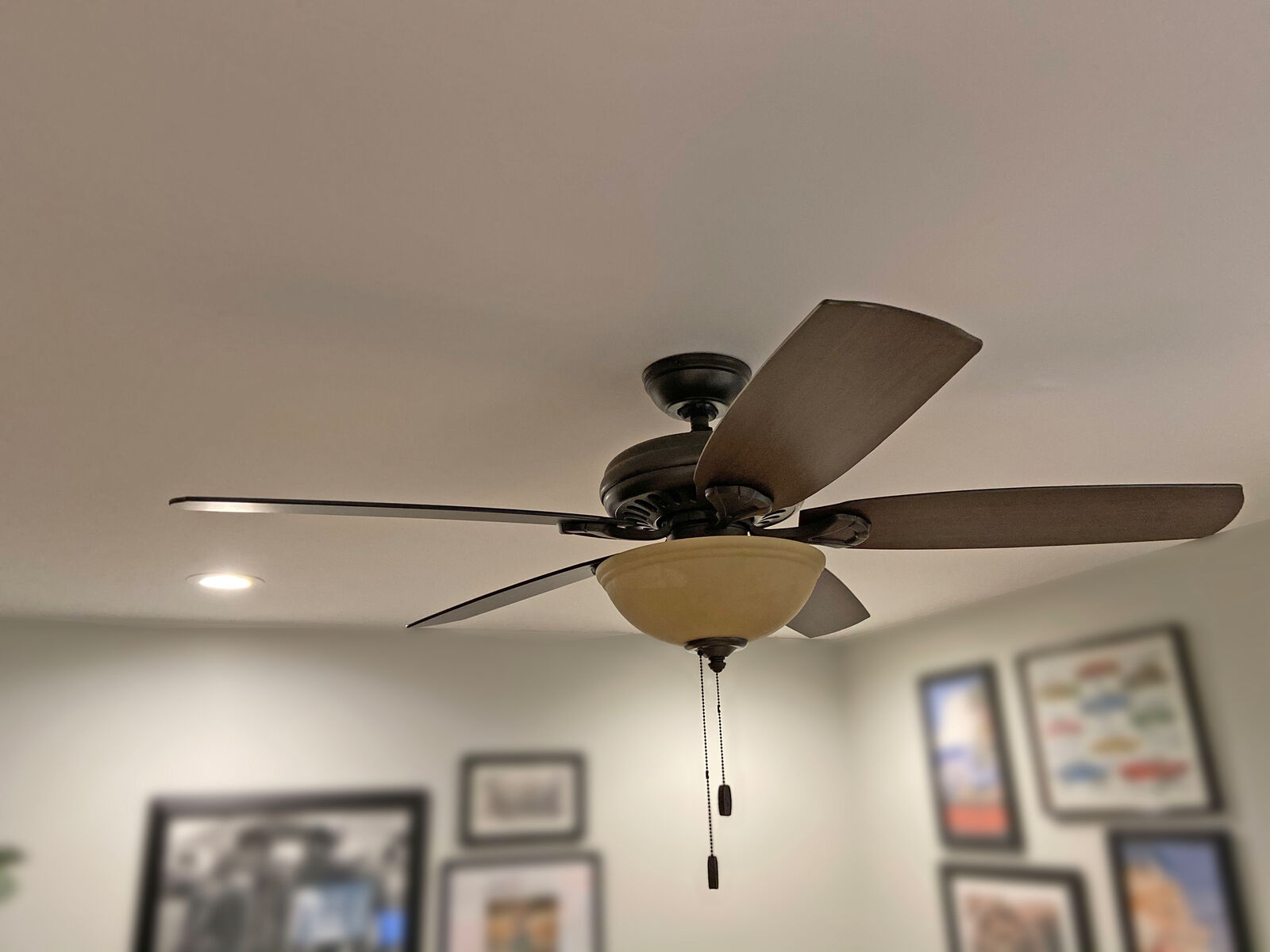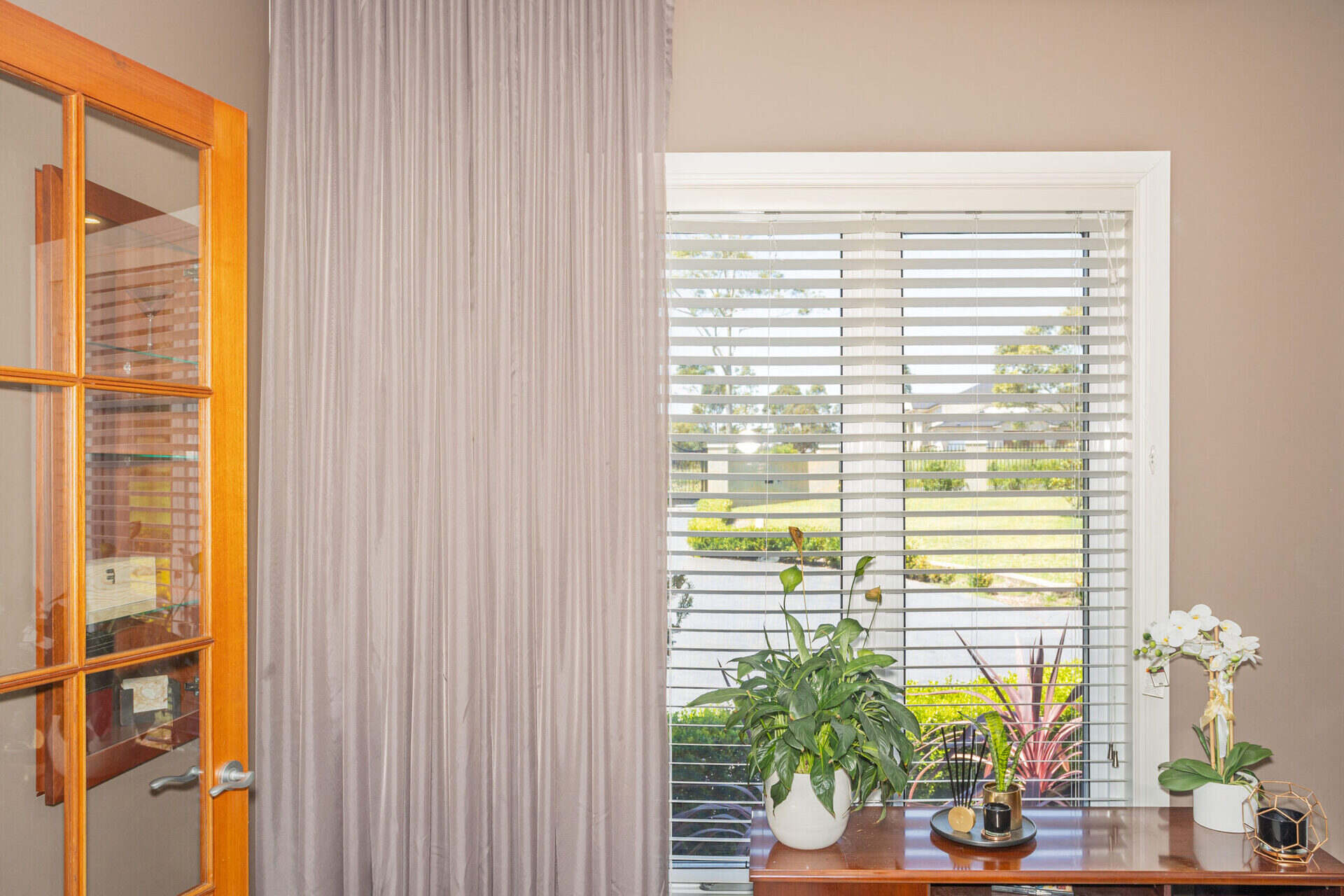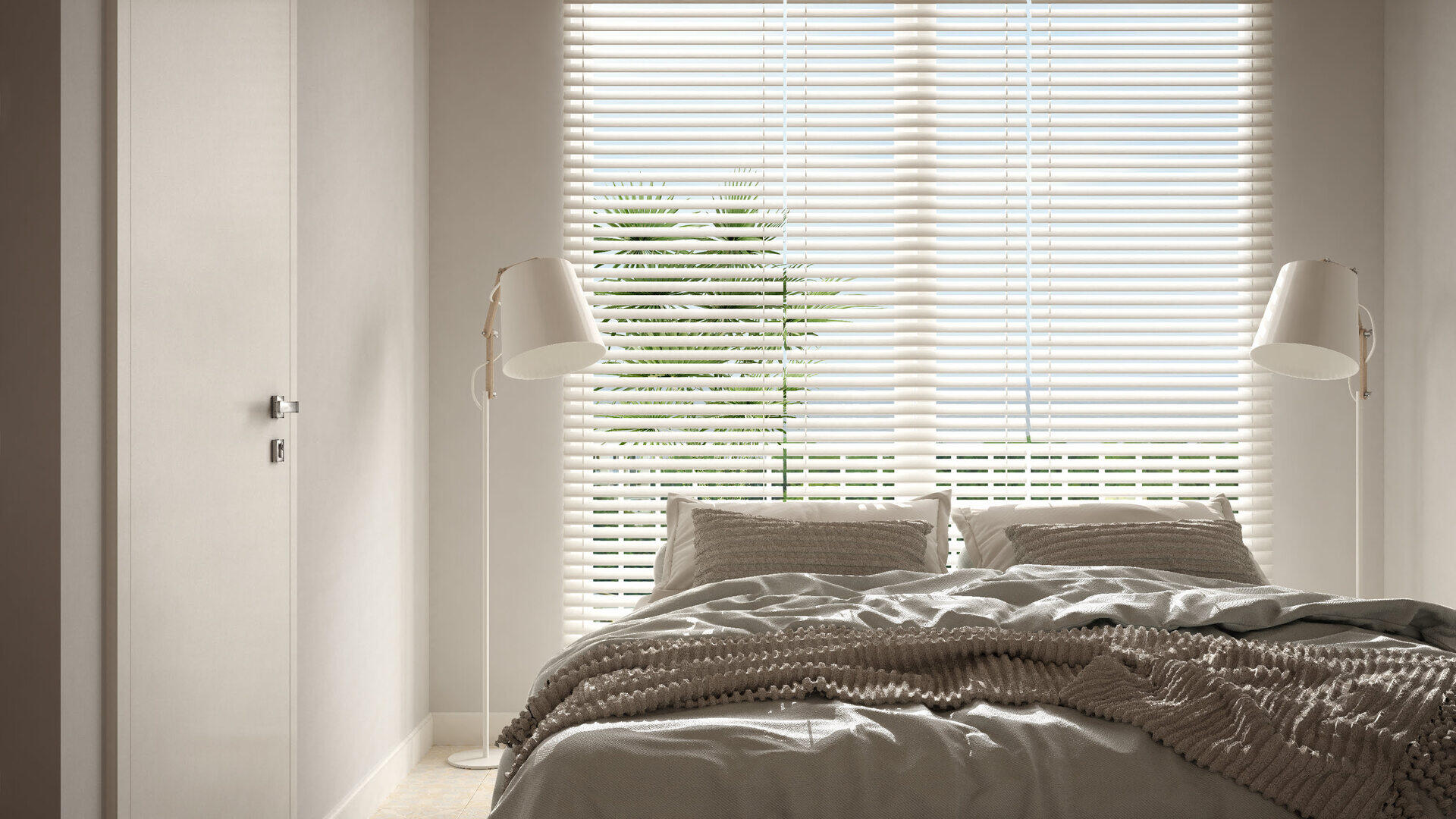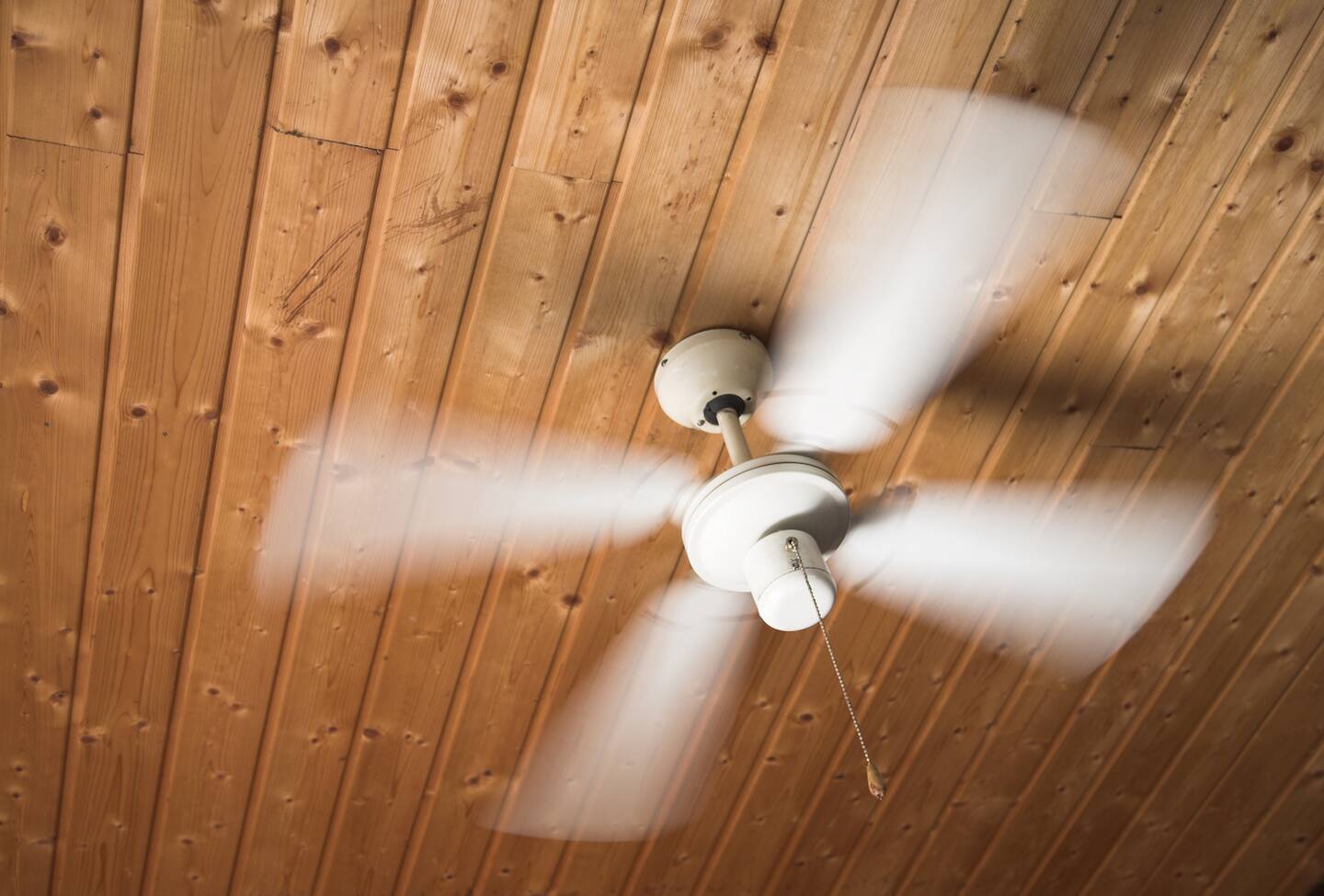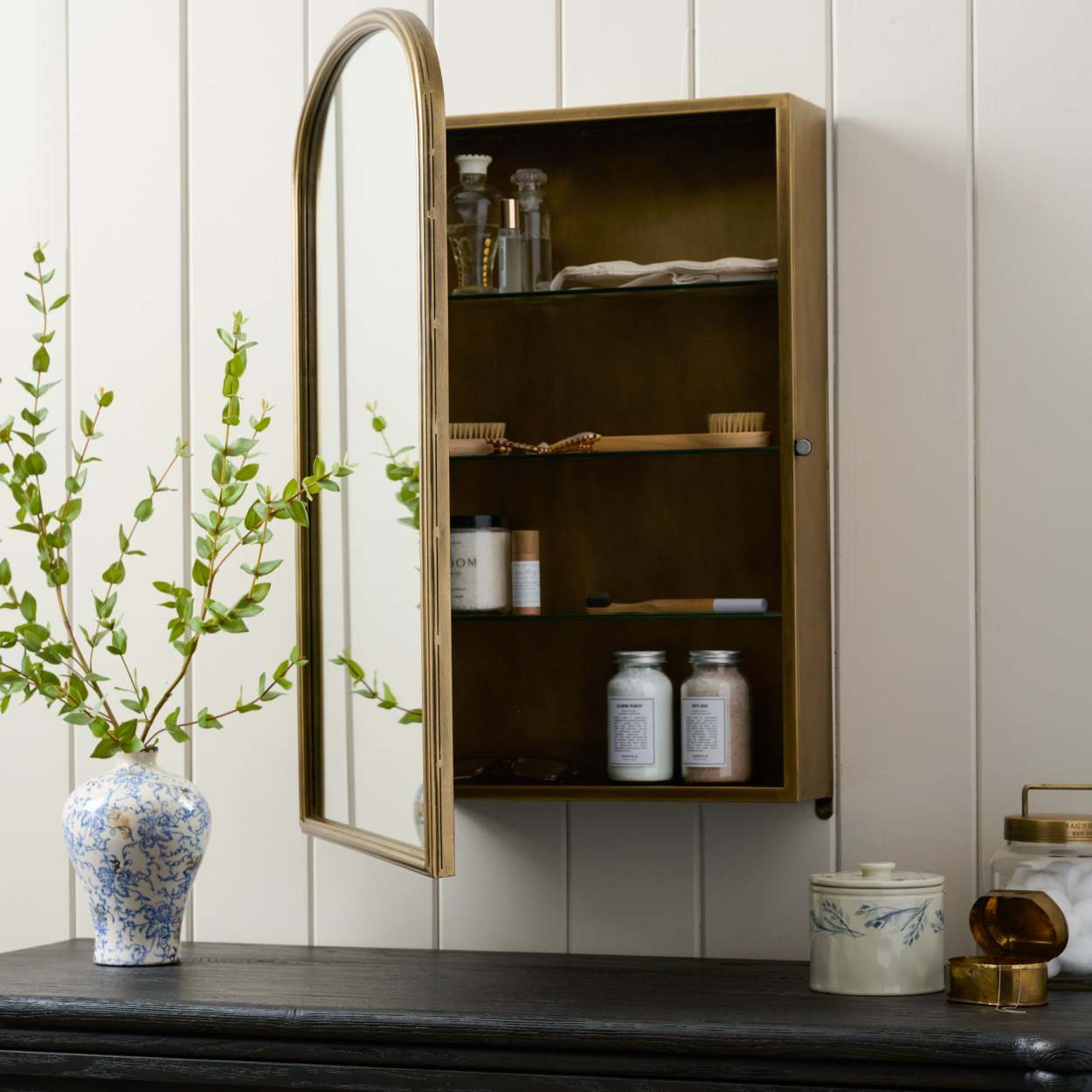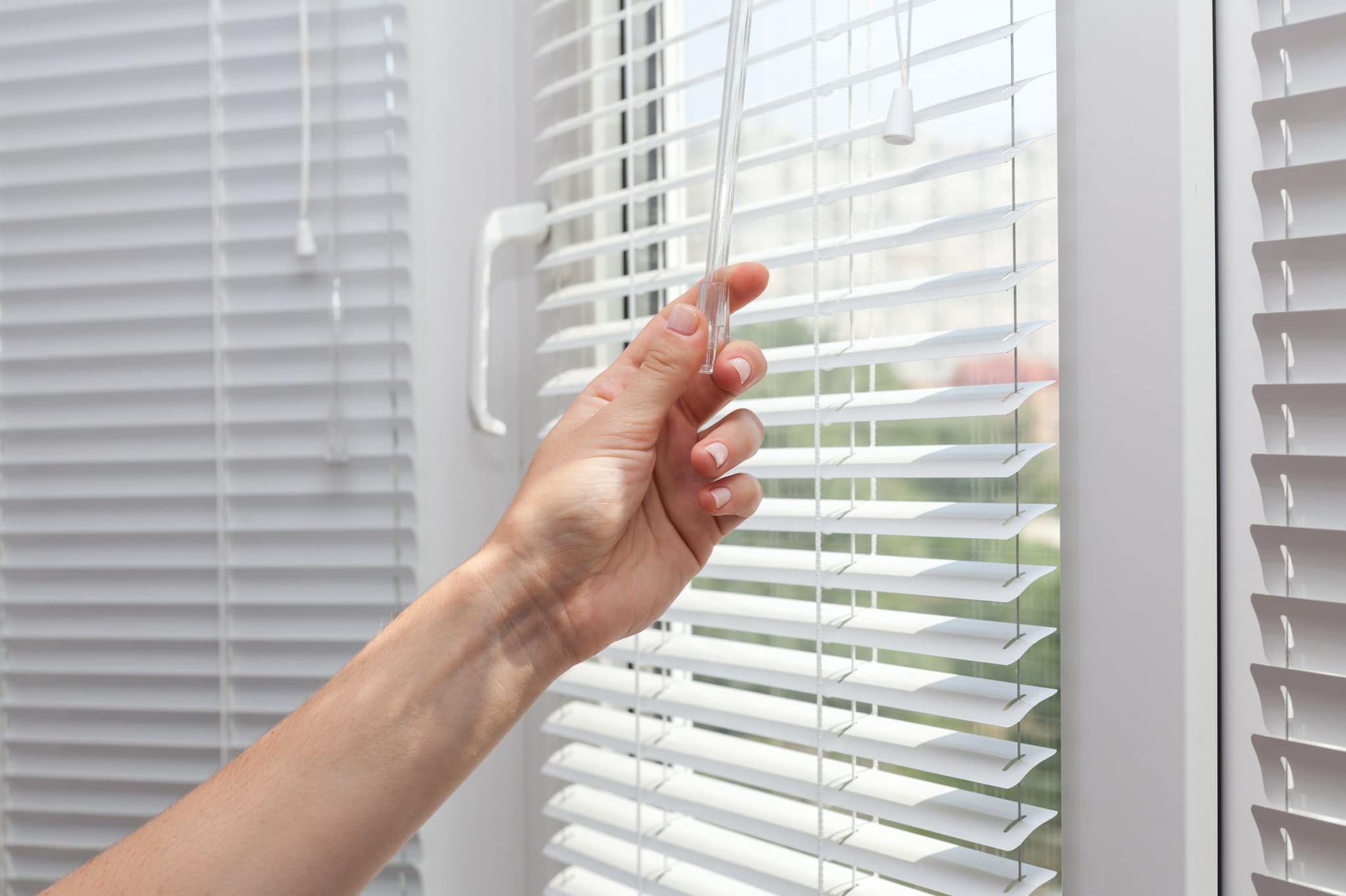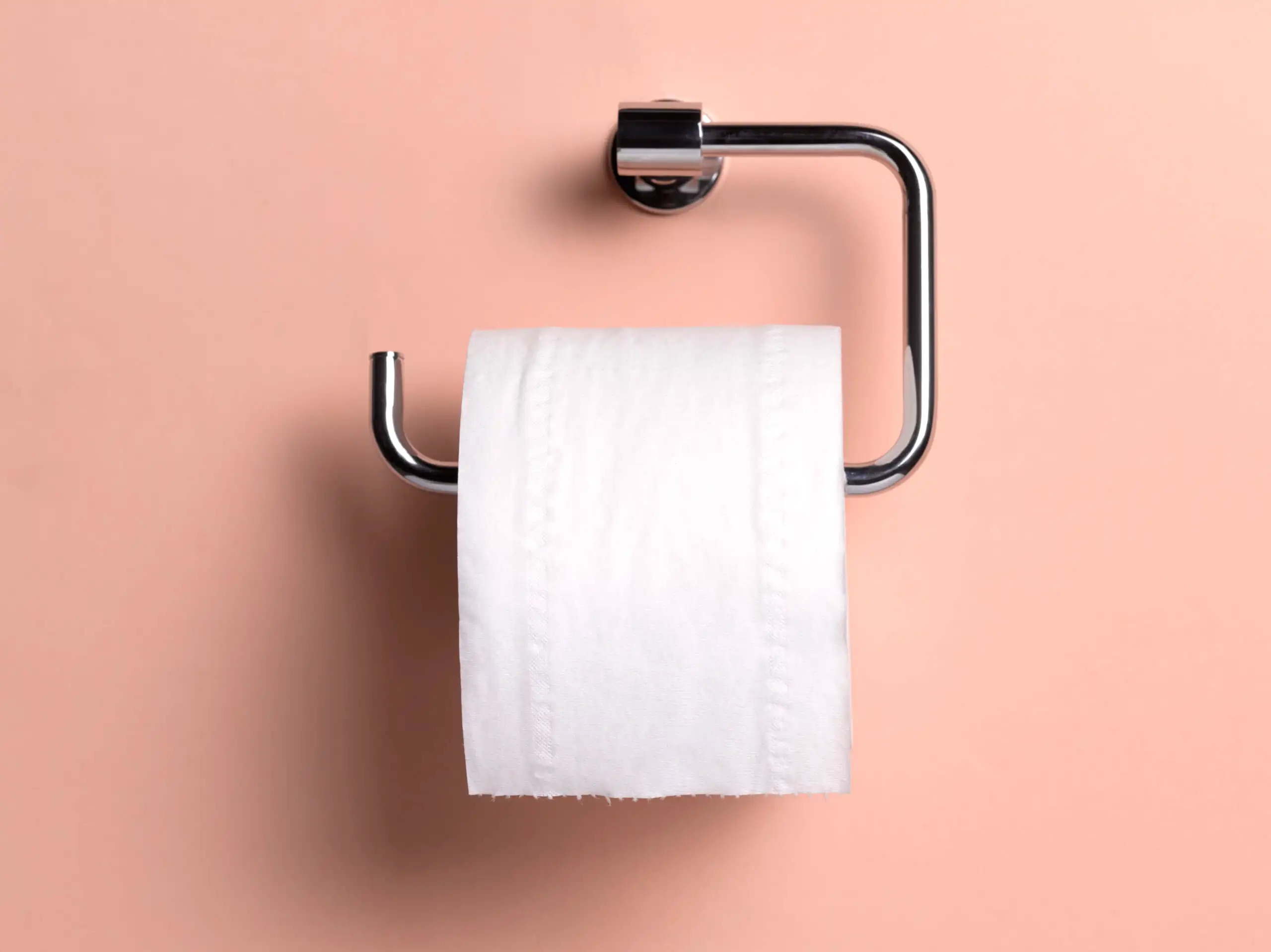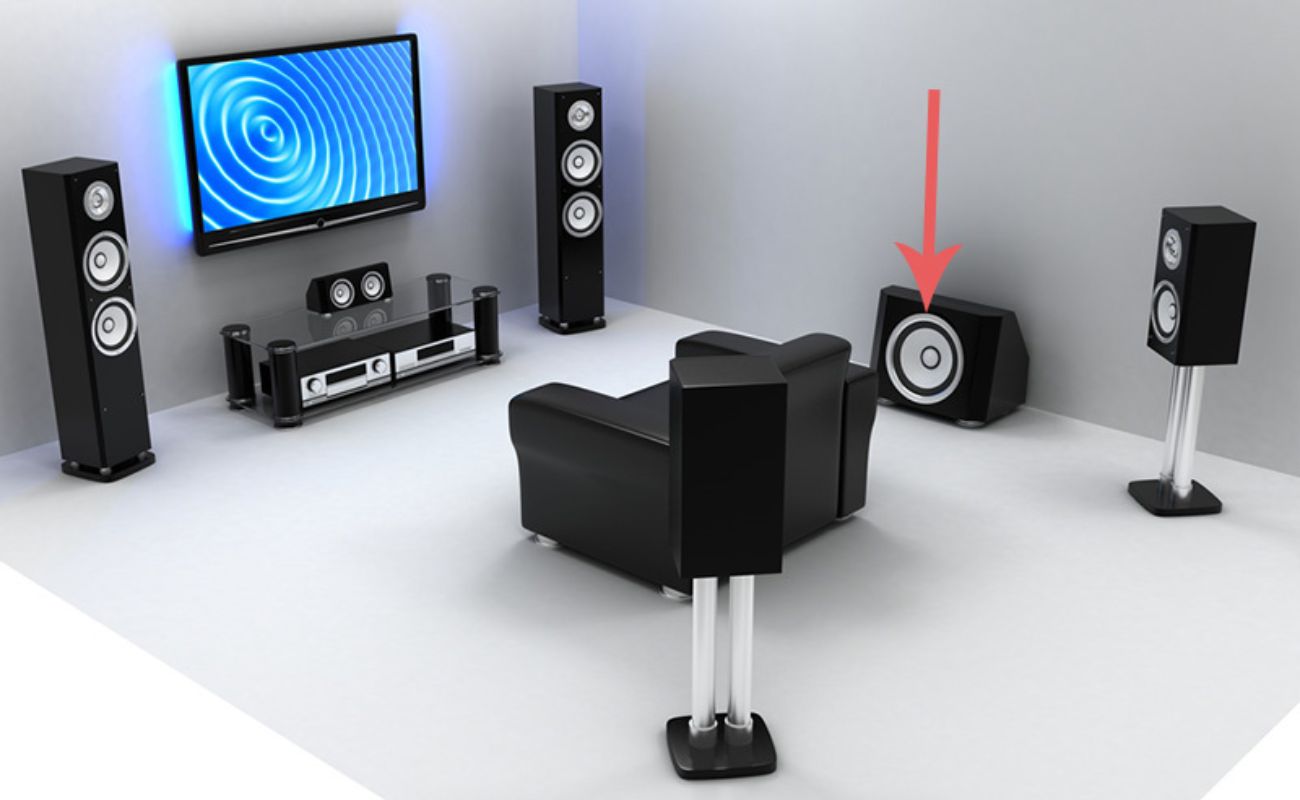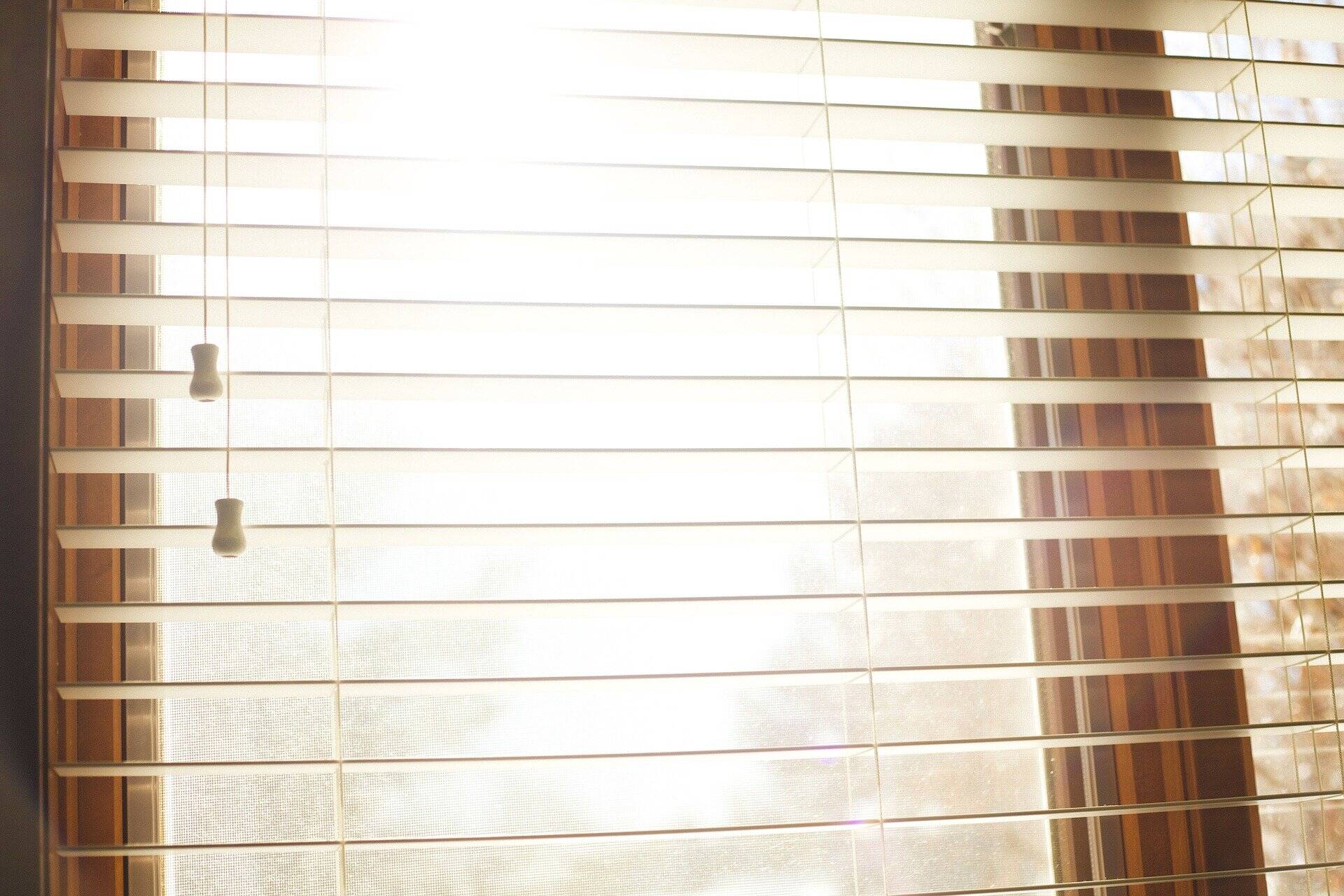

Articles
Which Way Should You Close Blinds
Modified: January 23, 2024
Discover the best way to close blinds and enhance your privacy with our informative articles. Choose the perfect method for your windows today!
(Many of the links in this article redirect to a specific reviewed product. Your purchase of these products through affiliate links helps to generate commission for Storables.com, at no extra cost. Learn more)
Introduction
When it comes to closing blinds, many people may not realize that there are actually two different ways to do it: upwards and downwards. The way you choose to close your blinds can have an impact on both the functionality and aesthetics of your window coverings. In this article, we will explore the factors you should consider when deciding how to close your blinds, as well as the pros and cons of each method.
Before we dive into the details, it is important to note that the two methods of closing blinds – upwards and downwards – refer to the direction in which the blinds slats are tilted when closed. Closing blinds upwards means tilting the slats upwards, while closing blinds downwards means tilting the slats downwards.
Now that we have a better understanding of the terminology, let’s explore the factors to consider when deciding which way to close your blinds.
Key Takeaways:
- Consider your specific needs and preferences when deciding whether to close your blinds upwards or downwards. Factors such as privacy, light control, aesthetics, maintenance, and airflow should all be taken into account.
- Experiment with different techniques to find the perfect balance of functionality and aesthetics for your space. Assess the impact of closing blinds upwards or downwards and make an informed decision based on your observations.
Read more: Which Way Should Blinds Go
Factors to Consider when Closing Blinds
When determining how to close your blinds, there are several factors to take into consideration. These factors can vary depending on your specific needs and preferences. Here are some key points to consider:
- Privacy: One of the primary reasons for closing blinds is to ensure privacy in your space. Consider which direction will provide the most privacy for your particular window. For example, if you are on a lower floor or have an unobstructed view into your living space, closing the blinds downwards may offer better privacy as it prevents people from looking inside.
- Light Control: Another important factor to consider is the amount of natural light you want to let into your room. Closing the blinds upwards allows more light to enter the room as the slats tilt upwards and allow light to filter through. On the other hand, closing the blinds downwards blocks more light from entering the room, which can be beneficial for those who prefer a darker environment or want to reduce glare on screens.
- Aesthetics: The direction in which you close your blinds can also impact the appearance of your window coverings and the overall ambiance of the room. Consider the style and design of your blinds, as well as the surrounding decor. Some people believe that closing the blinds upwards creates a neater and more streamlined look, while others prefer the traditional look of closing them downwards.
- Airflow and Ventilation: Consider the ventilation needs of your space. Closing the blinds upwards allows airflow to enter the room, as the slats are tilted upwards and create a slight gap between them. This can be advantageous if you want to let in fresh air while still maintaining some level of privacy. Conversely, closing the blinds downwards provides a better seal and blocks airflow, which can be beneficial if you want to keep drafts or outside noise to a minimum.
- Maintenance and Cleaning: The direction in which you close your blinds can also impact their maintenance and cleaning. Consider which method makes it easier for you to access and clean the slats. Some blinds are designed to be easily cleaned when closed upwards, while others are more accessible when closed downwards.
By taking these factors into consideration, you can make an informed decision about which way to close your blinds. However, it is important to note that these factors are not mutually exclusive and may vary depending on your personal preferences and the specific layout of your space.
Closing Blinds Upwards: Pros and Cons
When you choose to close your blinds upwards, you tilt the slats in an upward direction. Here are the pros and cons of closing blinds upwards:
Pros:
- Increased natural light: Closing the blinds upwards allows more natural light to enter the room as the slats are tilted in a way that allows light to filter through. This can create a brighter and more inviting atmosphere in your space.
- Enhanced view: By tilting the blinds upwards, you can maintain a view of the outside while still enjoying some level of privacy. This is especially beneficial if you have a picturesque view or want to keep an eye on your surroundings.
- Accessible for cleaning: Closing the blinds upwards can make it easier to access and clean the slats. You can simply tilt the slats upwards and use a duster or a microfiber cloth to remove dust and debris.
- Improved airflow: By closing the blinds upwards, you can allow some airflow into the room while maintaining privacy. This can be particularly useful during warm weather when you want to let fresh air circulate.
Cons:
- Reduced privacy: Closing the blinds upwards may provide less privacy compared to closing them downwards. While it allows natural light to filter in, it also makes it easier for others to see inside your space.
- Glare and light control: Since closing the blinds upwards allows more light to enter the room, it can also result in increased glare on screens and less control over the amount of light coming into the space. This may be a drawback if you need a darker environment or want to minimize screen glare.
- Less effective for blocking outside noise: Closing the blinds upwards does not provide as effective a barrier for blocking outside noise. The upward tilt of the slats allows sound to pass through more easily compared to closing the blinds downwards.
Consider these pros and cons when deciding whether to close your blinds upwards. It is important to weigh the benefits against the potential drawbacks to determine if this method aligns with your specific needs and preferences.
Read more: What Way Should Blinds Face
Closing Blinds Downwards: Pros and Cons
When you choose to close your blinds downwards, you tilt the slats in a downward direction. Here are the pros and cons of closing blinds downwards:
Pros:
- Improved privacy: Closing the blinds downwards offers enhanced privacy as it blocks the view into your space. This is particularly beneficial if you live on a lower floor or have windows that face a busy street or neighbors’ houses.
- Better light control: By closing the blinds downwards, you have more control over the amount of natural light entering the room. The downward tilt of the slats allows you to block out harsh sunlight and reduce glare, making it easier to create a more comfortable and visually appealing environment.
- Reduced outside noise: Closing the blinds downwards helps to create a more effective barrier against outside noise. The slats are positioned closer together, allowing for better sound insulation and minimizing disturbances from traffic or other external sources.
- Neater appearance: Some people find that closing the blinds downwards gives a cleaner and more traditional look to the window coverings. This method can contribute to a more cohesive and organized aesthetic in your space.
Cons:
- Less natural light: Closing the blinds downwards restricts the amount of natural light that enters the room. While this can be advantageous for creating a darker environment, it may also result in a potentially gloomier atmosphere, especially on cloudy days.
- Limited outside view: Closing the blinds downwards blocks the view of the outside. If you enjoy having a view or want to maintain visual connection with the exterior, this method may not be ideal.
- More challenging for cleaning: Closing the blinds downwards can make it slightly more challenging to clean the slats. Dust and debris may accumulate on the top side of the slats, requiring extra effort to reach and remove.
- Restricted airflow: Closing the blinds downwards creates a tighter seal, limiting the airflow into the room. While this can be desirable for energy efficiency and reducing drafts, it may not be ideal if you want to let fresh air circulate.
Consider these pros and cons when deciding whether to close your blinds downwards. It is important to assess your specific needs and preferences to determine if this method aligns with your desired level of privacy, light control, and overall aesthetic.
Conclusion
When it comes to closing blinds, there is no one-size-fits-all approach. The decision of whether to close your blinds upwards or downwards depends on a variety of factors, including privacy needs, light control preferences, aesthetics, and airflow considerations. Both methods have their own set of pros and cons that should be carefully evaluated based on your specific requirements.
If you prioritize increased natural light, an enhanced view, easy accessibility for cleaning, and improved airflow, closing the blinds upwards may be the right choice for you. However, it is important to keep in mind that this method may compromise privacy, result in more glare and light control challenges, and be less effective at blocking outside noise.
On the other hand, if privacy is your main concern and you desire better light control, reduced outside noise, and a neater appearance, closing the blinds downwards might be the better option. However, closing the blinds downwards may limit natural light, restrict outside views, present challenges for cleaning, and impede airflow and ventilation.
Ultimately, the decision of whether to close your blinds upwards or downwards is a personal one. It is important to assess the specific needs and preferences of your space, taking into account factors such as privacy, light control, aesthetics, maintenance, and airflow. You may find that a combination of both methods works best for different windows in your home.
Remember that the function and style of your blinds play a role in determining the most suitable method for closing them. Consider experimenting with different techniques and observing the impact on your space to find the perfect balance of functionality and aesthetics.
By carefully considering the factors and weighing the pros and cons, you can make an informed decision about how to close your blinds and create an atmosphere that meets your specific needs and preferences.
Frequently Asked Questions about Which Way Should You Close Blinds
Was this page helpful?
At Storables.com, we guarantee accurate and reliable information. Our content, validated by Expert Board Contributors, is crafted following stringent Editorial Policies. We're committed to providing you with well-researched, expert-backed insights for all your informational needs.
